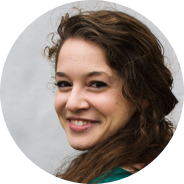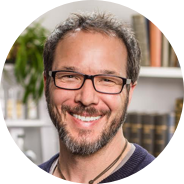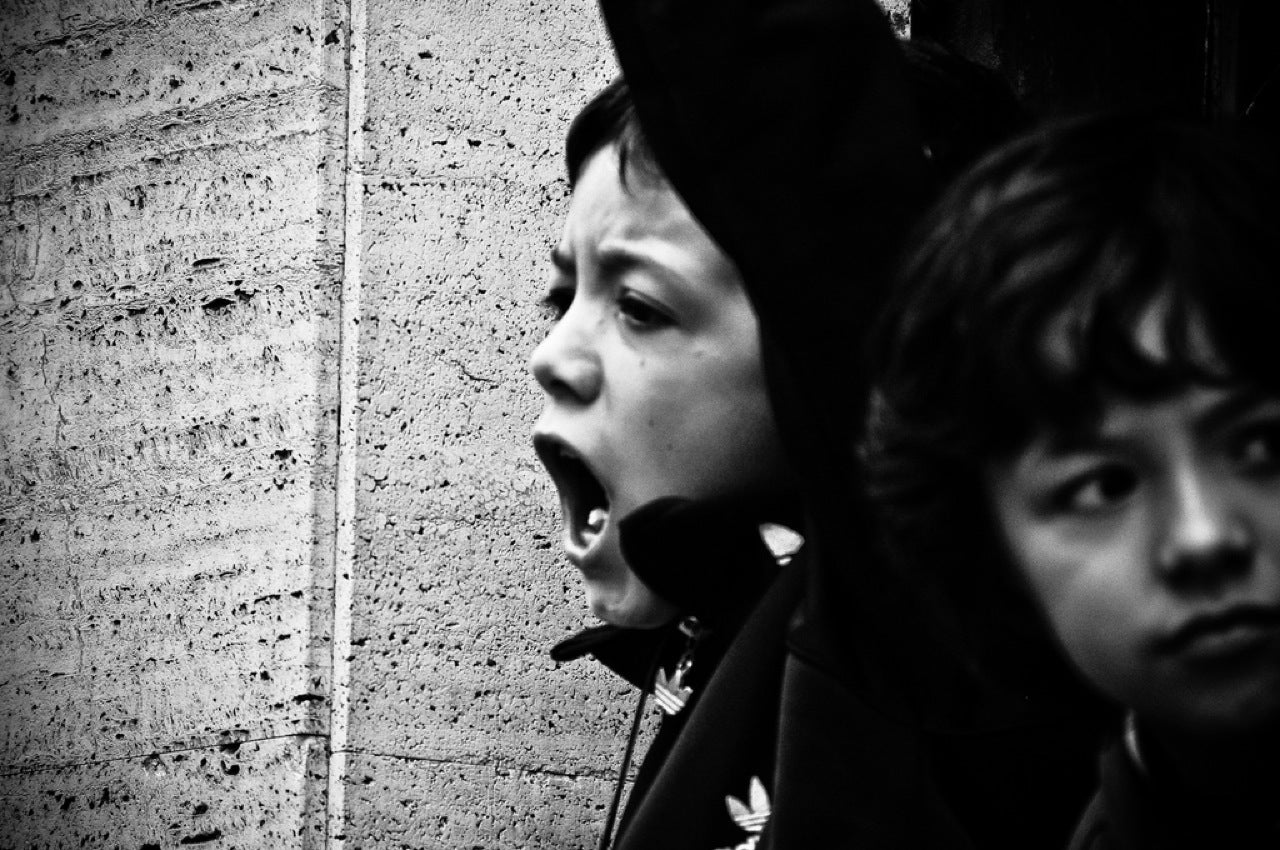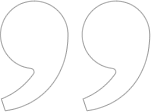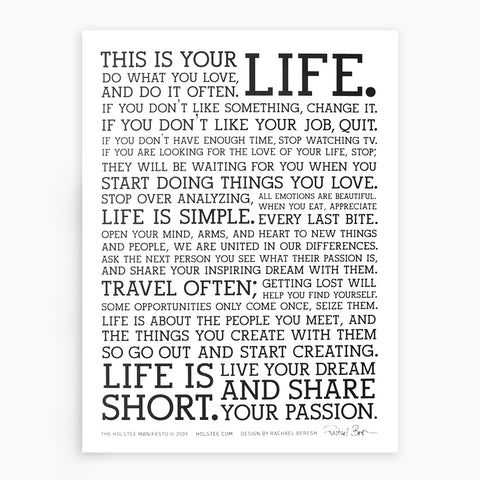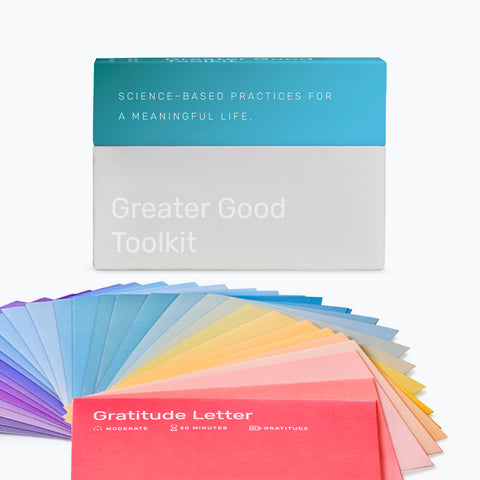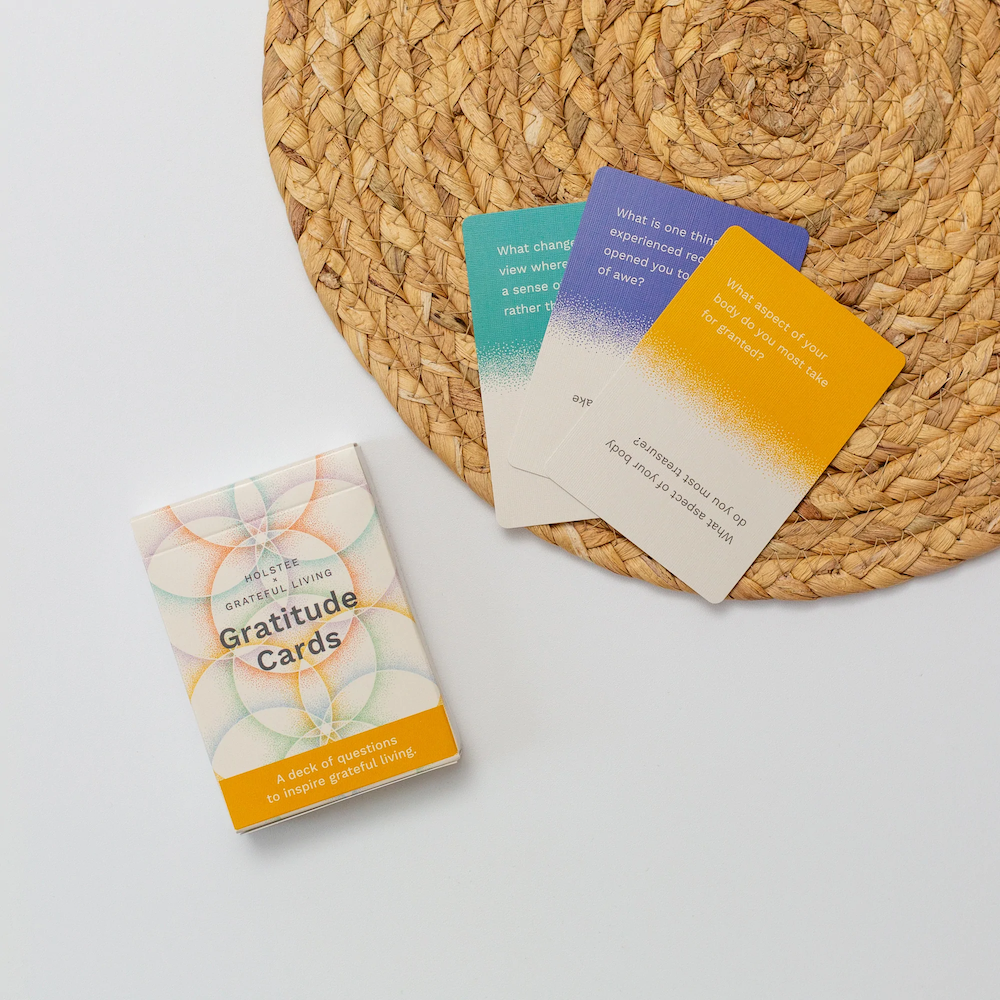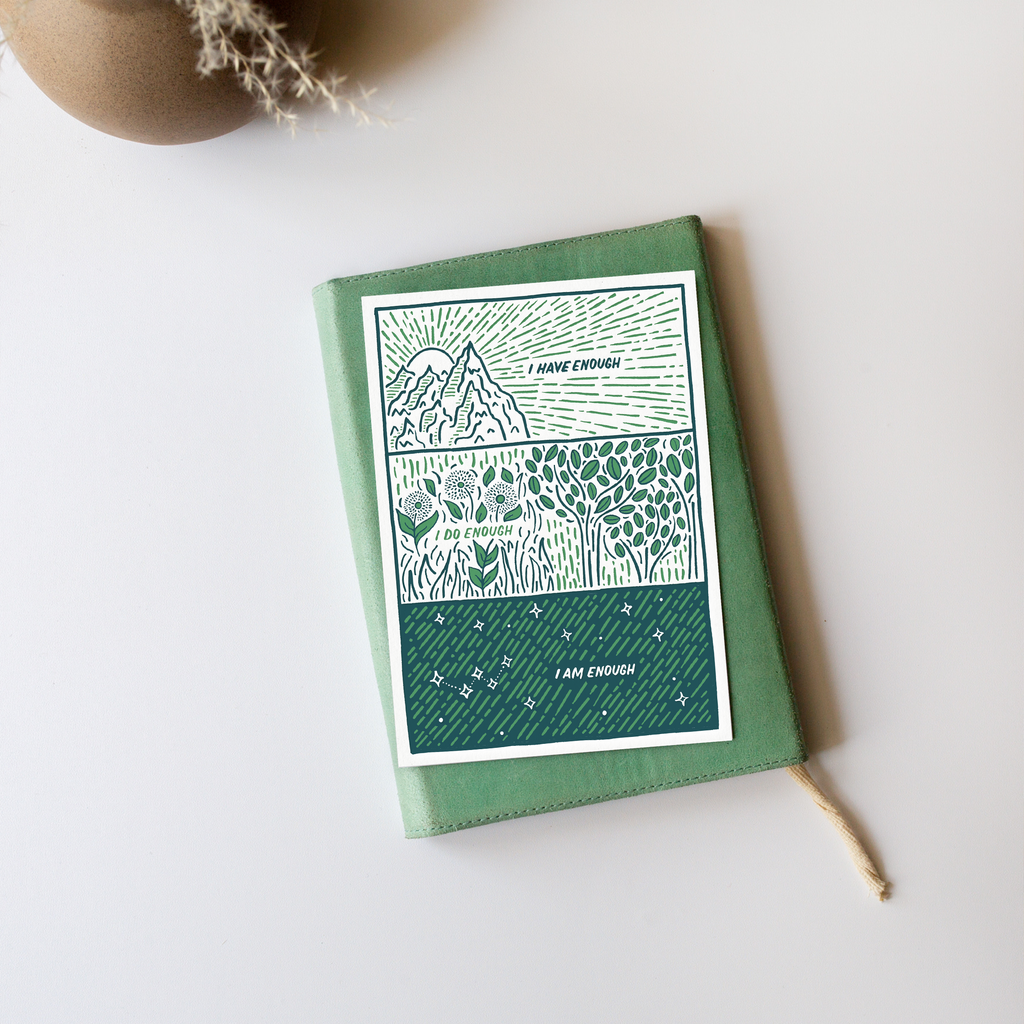I don’t actually know where to begin.
Ironically, that is the starting point for almost anything creative that has ever happened. The proverbial blank canvas staring at you, defiantly asking: “You have no idea how to fill me, do you?.”
Being creative, or rather I should say, being considered creative, is a daunting goal. The questions being posed by the blank, scary canvas can often go on and on and on. How does creativity work? Where does it work? Will it happen while you're alone? And if not alone, then with whom? These are the more kind and benign questions which you can, after a lot of work, find the answer to. In fact, your search for those answers is in the end what triggers the flow of your creative juices. This is the essential process of trying and failing. In trying to find how creativity works, you explore how others are creative, and thus learn from them; in testing different environments - coworking spaces, cabins in the deep dark woods, a busy cafe - you begin to have an idea of which spaces nurture creative output; and in realizing that you can't always work alone, you develop alliances with others, often building long-lasting partnerships which survive with creativity at their core.
How does creativity work? Where does it work? Will it happen while you're alone? And if not alone, then with whom?
Tweet It!
But there’s another set of questions. There are the unhelpful, destructive kind which we all - some more than others - fall prey to. Who are you to think that you could ever do anything creative, or even worthwhile? And if you do create something, will the world accept the output of your endeavours? How will it compare to your contemporaries' successes?
This is when you start to really despise that blank canvas. Which leads me to wonder: if you can't even look at the canvas in the face, how will you ever fill it?
I have struggled intensely with all of these questions for the better part of the last decade. With writing being the medium through which I attempt to practice creativity, my version of the frightening blank canvas has always been the empty page - digital and analogue being as scary as one another.
For me, the hardest thing was distancing myself emotionally from the reaction, or non-reaction, to my work. Often, I sit and try to write, but the pressure of how it will be received by the rest of the world simply doesn’t allow me to. I’m sure this is true of most creative pursuits, actually: you’re so inextricably linked to your work that this itself destroys any chance you had of actually engaging with it. So whenever I sit down to write, most of the time, it’s a battle against these imaginary scenarios of what people will think, say, or do after they’ve read it (if they ever do).
So how do you get over it? For the last three years, I have been trying to actively figure out how to shut these sorts of unproductive questions out of my mind. I tried everything. I worked in cafes. I worked alone. I worked alongside a friend. I worked in silence. I worked with music blasting through my headphones. I worked with the TV on, then with the TV off. I worked with This American Life murmuring in the background. Nothing seemed to silence the incessant voice of doubt. The harder I tried to punch these thoughts out of me, the louder they would hark: Who do you think you are?
I had to try something else. But what? If shutting them off wouldn't work, perhaps inviting them in would. "Let's be friends," I thought. Whenever they showed up, I would welcome them with open arms. I would explore every nuance of what they said - the content, the tone, the rhythm. In the past, I have called these elusive voices my "dark side." I stopped fighting my dark side. I let it talk, I stopped interrupting.
It spoke, and shouted, and protested: Why aren't you fighting anymore? But soon, the voice quieted down. It got bored going down a one way street that was leading nowhere. Once it realized my acceptance of its presence, it lost the need to continue to aggressively assert it. It stopped showing up as often, finally allowing me to engage with the creative thoughts I was yearning for and that had at times been escaping me.
Engaging in the sort of productive thought that allows you to flow with your creativity is what happens when you remain in the present moment.
Tweet It!
Engaging in the sort of productive thought that allows you to flow with your creativity is what happens when you remain in the present moment. In the past, I had been so consumed with fear of the blank canvas, and its nagging questions, that I was never really there. You cannot achieve one-ness with your work if you are in your mind, arguing against an almost mythical creature bent on getting in the way of wherever you’re going. It was only after I adopted an attitude of mindful acceptance towards my fears and doubts that I found myself - not always, but usually - able to work more productively and creatively than ever before.
I therefore believe that the genesis of creative flow lies in our reaction to the inevitably excruciating, uncomfortable and tremendously difficult feelings of doubt about the work that we do. It is not the doubt itself that dictates our ability to achieve a state of creativity, but rather whether we fight against it, or simply let it in, let it talk, and let it tire itself out.
___________________________________
Begin your day feeling grounded and inspired.
A free 30-day email series where we share the most impactful stories and ideas that have helped us on our journey to live a more meaningful life.
✌️ Free. Unsubscribe anytime.


